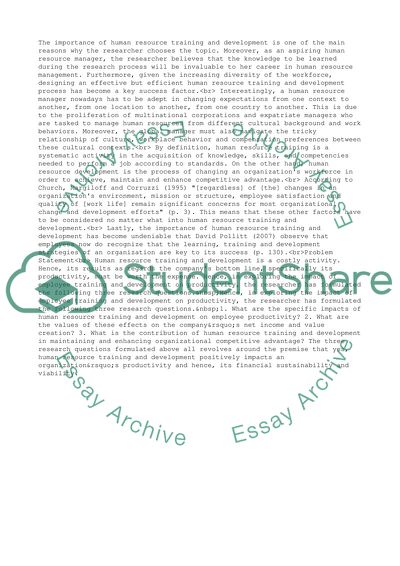Cite this document
(Impact of Employee Training and Development on Company Productivity Research Proposal, n.d.)
Impact of Employee Training and Development on Company Productivity Research Proposal. Retrieved from https://studentshare.org/management/1518238-employee-training-and-development
Impact of Employee Training and Development on Company Productivity Research Proposal. Retrieved from https://studentshare.org/management/1518238-employee-training-and-development
(Impact of Employee Training and Development on Company Productivity Research Proposal)
Impact of Employee Training and Development on Company Productivity Research Proposal. https://studentshare.org/management/1518238-employee-training-and-development.
Impact of Employee Training and Development on Company Productivity Research Proposal. https://studentshare.org/management/1518238-employee-training-and-development.
“Impact of Employee Training and Development on Company Productivity Research Proposal”, n.d. https://studentshare.org/management/1518238-employee-training-and-development.


